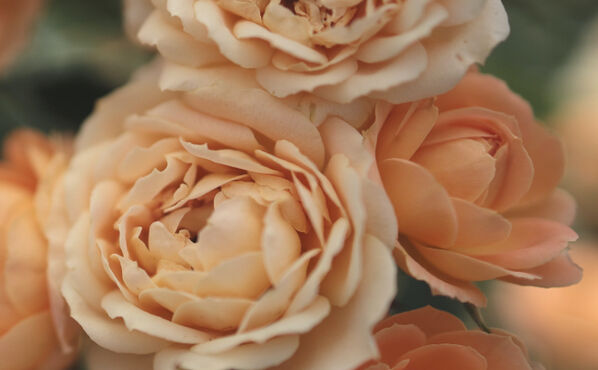It has long been believed that the moon has a spiritual energy and power that we can harness here on earth. Its gravitational pull affects the ocean’s tides, while the full moon’s reflection can brighten a night sky. In Japan, there is an annual ceremony dedicated to the moon called Tsukimi, that literally translates to “moon viewing”. It is the autumn counterpart to hanami, spring’s cherry blossom viewing parties, and families have celebrating this harvest moon for hundreds of years. The celebration is a chance for people to pay gratitude and respect to the moon, giving appreciation for an abundant harvest, and hopes of more positive bounties to come.
The Tsukimi Tradition
Tsukimi is a tradition that dates back to the aristocrats during the Heian period in Japan (from 794 to 1185) who would admire the moon’s reflection on the water and read poetry. It is thought to have been influenced by the Chinese Mid-Autumn Festival. Through the years it has evolved from late-night parties during the Edo period (from 1603 to 1868) to an occasion, today, that is more akin to what it was originally, a deeply contemplative, almost solemn moment; a time to reflect, pay thanks, and pray to the lunar god for good health.
The Tsukimi Occasion
On the evening of the full harvest moon (usually mid to late September, this year it will be on 1 October), people gather as families or in small groups at a spot where the moon is clearly visible in the night’s sky, known as the tsukimidai. Often, it takes place on an engawa (a porch) or in a garden. The space is traditionally decorated with pampas grass, known in Japan as susuki. The beautiful, elegant plant is displayed as an offering of thanks to the moon and represents the bounty of rice plants. After the festival, the pampas grass is kept inside the home tradition says it can ward off sickness.
The Tsukimi Food
Since the festival is about paying gratitude to the moon for a bountiful harvest and good health, food is displayed as an offering to the moon and enjoyed by all who gather. Tsukimi-dango, or moon viewing dumplings, are integral to the fare with these white rice balls arranged in a pyramid. Seasonal foods such as chestnuts and sweet potato, as well as mochi (a sweet rice cake), edamame, and sake (a Japanese alcoholic drink, a little like wine, made by fermenting rice) are arranged under the watchful eye of the moon, so the meal can be enjoyed and shared with the lunar god.
The Rabbit in the Moon
Many of us will know about the tale of the man in the moon, but in Japan it is believed that rabbits inhabit the moon and if you look closely you can see a rabbit, working hard pounding mochi to give it that tell-tale chewiness. Rabbits feature heavily in Tsukimi ceremonies and in the art work depicting the celebration over the years.
Your Own Moon Moment
Happiness is so closely linked to gratitude and, as the Tsukimi ceremony encourages, we should be practicing gratitude. Start by using this full harvest moon as a reminder to take a moment whether you are moon viewing, sitting in the bath, or stretching, to think about all the things that you are grateful for. But why be grateful just once a year? Download a moon cycle app like My Moon Phase to see when the moon will be full each month and schedule it in your diary.
Counting our blessings, however small, will help you to see that, in this life, there is a lot to be grateful for. Take a moment to write what you are grateful for in a journal and, when you’re having a stressful day, be sure to take a moment’s pause to reflect and refer to this page in your notebook.
Here you can learn more about how to use the moon cycle to help you lead a more soulful life.




.jpg?sw=600&sh=370&sm=fit&cx=0&cy=0&cw=600&ch=370&sfrm=jpg)

.jpg?sw=600&sh=370&sm=fit&cx=0&cy=0&cw=795&ch=490&sfrm=jpg)